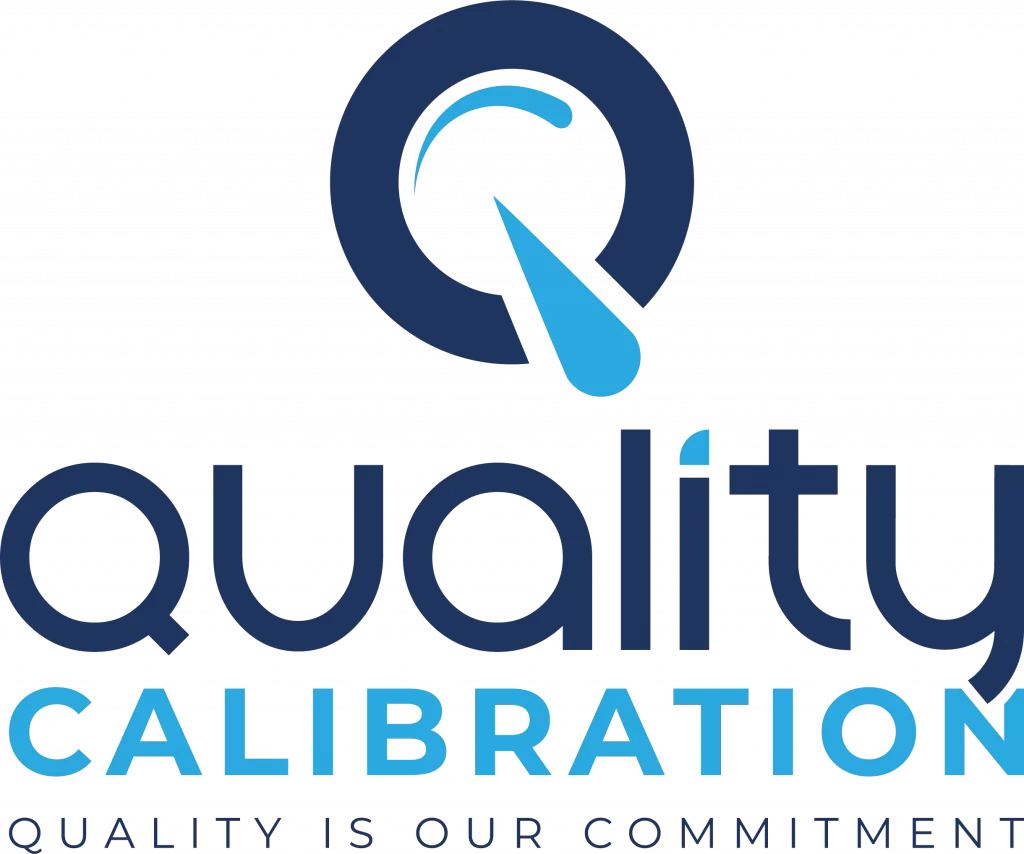Calibration is a critical aspect of laboratory work. It involves the adjustment of instruments to ensure they provide accurate and precise measurements. In a laboratory, where scientific experiments and research are conducted, the reliability of data depends on the accuracy of the equipment used. In this article, we’ll explore the various lab equipment that needs calibration, why it’s essential, and how to go about it.
Why Calibration Matters
Calibration plays a pivotal role in ensuring the integrity of scientific research. When lab equipment is not properly calibrated, it can lead to inaccurate results, which can have serious consequences. For instance, in medical laboratories, inaccurate measurements can affect patient diagnoses and treatment decisions. In research labs, it can lead to incorrect findings and wasted resources.
Properly calibrated equipment ensures that experiments are consistent and replicable. It also contributes to the credibility of research findings, making them more trustworthy in the scientific community.
Commonly Calibrated Lab Equipment
1. Pipettes
Pipettes are commonly used in laboratories for precise measurement of liquids. Calibration is crucial to ensure the volumes delivered are accurate. Improper calibration can lead to inaccurate titration, sample dilution, or other liquid handling tasks.
2. Balances and Scales
Balances and scales are essential for weighing substances accurately. Calibration is necessary to account for variations caused by factors such as temperature and humidity. Accurate weighing is vital in chemistry, pharmaceuticals, and various other fields.
3. Thermometers
Temperature measurement is critical in various experiments. Calibrating thermometers ensures that they provide accurate temperature readings, which is essential for reactions, incubations, and other processes.
4. pH Meters
In laboratories dealing with solutions, pH measurement is crucial. Calibrating pH meters ensures that they provide accurate pH readings, which can be vital for chemical reactions and quality control.
5. Spectrophotometers
Spectrophotometers are used to measure the absorption and transmission of light by a substance. Calibration ensures the instrument provides precise data for applications such as DNA analysis and chemical analysis.
6. Microscopes
Microscopes are essential for examining samples at the microscopic level. Calibration ensures that the images are sharp and accurate, critical in fields like biology and pathology.
The Calibration Process
Calibration involves a series of steps to verify and adjust equipment to meet specific accuracy standards. Here’s a simplified overview of the calibration process:
- Initial Assessment: The first step is to assess the equipment’s condition and performance.
- Adjustment: If the equipment deviates from the desired standard, adjustments are made. This often involves using reference standards to calibrate the equipment.
- Testing: After adjustment, the equipment is tested to ensure it meets the required accuracy criteria.
- Documentation: Detailed records of the calibration process, including adjustments made and results obtained, are maintained for quality control purposes.
- Regular Maintenance: Regular calibration is essential to maintain accuracy over time. Most lab equipment requires periodic calibration to ensure consistent performance.
Choosing the Right Calibration Service
Calibrating lab equipment is a specialized task that requires expertise and precision. To ensure the accuracy and reliability of your instruments, consider the following factors when choosing a calibration service:
1. Accreditation
Look for calibration services accredited by recognized organizations. Accreditation ensures that the service provider adheres to stringent quality standards.
2. Expertise
The calibration technicians should have the necessary expertise and experience in handling the specific type of equipment you use in your lab.
3. Traceability
The calibration service should provide traceability, which means they can trace their measurements back to national or international standards.
4. Documentation
Thorough documentation is crucial. Ensure the service provider provides detailed reports of the calibration, including before-and-after data, adjustments made, and the date of calibration.
5. Turnaround Time
Consider the service’s turnaround time, as you’ll want minimal disruption to your lab’s operations.
The Cost of Calibration
Calibration services come at a cost, and this cost varies depending on several factors:
- Type of Equipment: More complex equipment may require more extensive calibration procedures, which can increase costs.
- Frequency: The frequency of calibration also affects costs. Some equipment may need more frequent calibration, leading to higher expenses.
- Service Provider: Different calibration service providers may charge different rates. It’s essential to compare quotes and consider the quality of service provided.
While the cost of calibration may seem like an additional expense, it’s crucial to consider it as an investment in the accuracy and reliability of your lab’s results.
Bottom Line
In the world of science and research, precision and accuracy are paramount. Calibrating lab equipment is not an option; it’s a necessity to ensure that your experiments produce valid and reliable results. Neglecting calibration can lead to costly errors and damage your lab’s reputation

Md. Hasan Ibrahim is a Technical Manager at Quality Calibration with extensive experience in the calibration sector since 2015. Holding a Bachelor of Science degree in Mechanical Engineering from Khulna University of Engineering & Technology (KUET), he has received training from various national and international organizations including CSIR-CMERI, QSI, BAB, NML-BSTI, memmert, and X-rite. With expertise in ISO/IEC 17025 assessment, method validation, metrological traceability, and uncertainty, he has successfully completed numerous calibration projects across diverse industries such as pharmaceuticals, food & beverage, oil & gas, textiles & garments, power plants, batteries, chemicals, hospitals & healthcare, and private universities.


